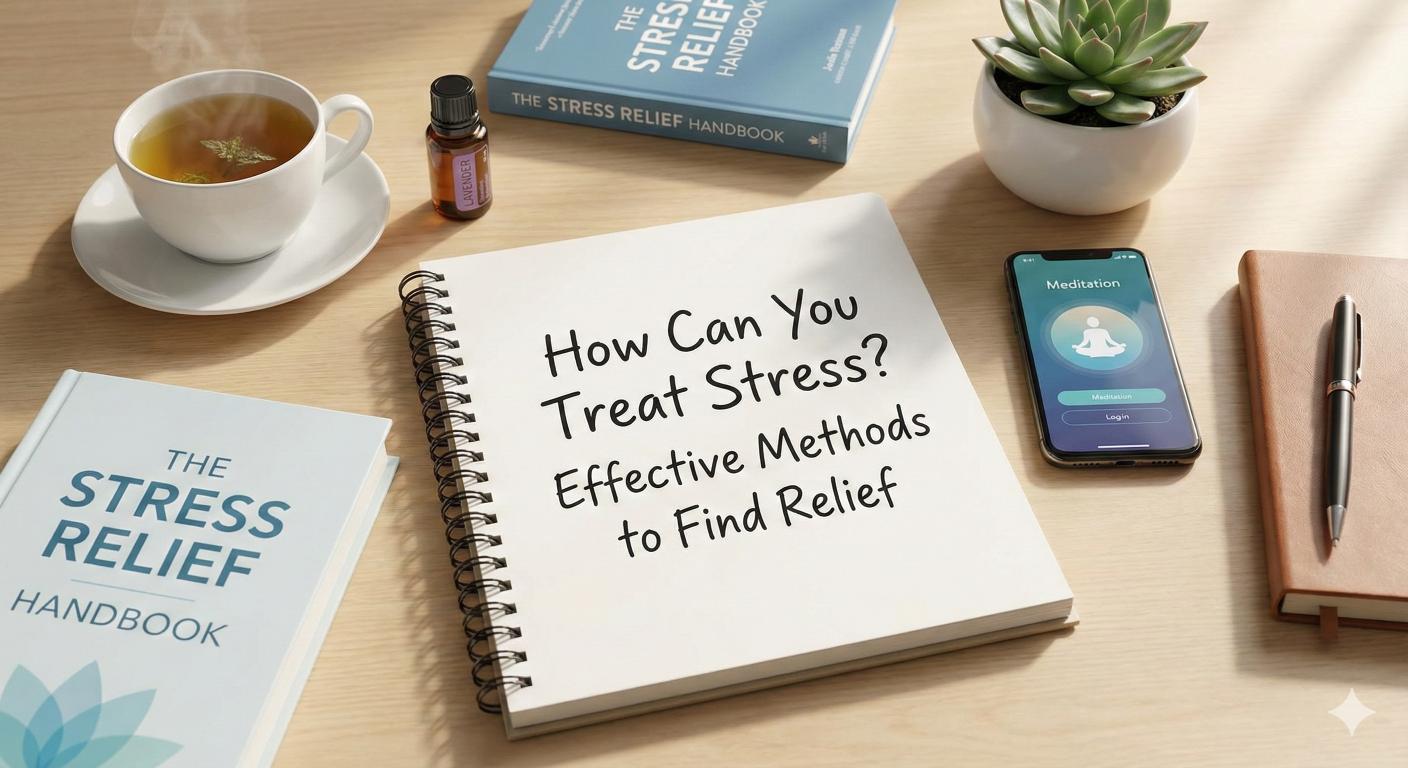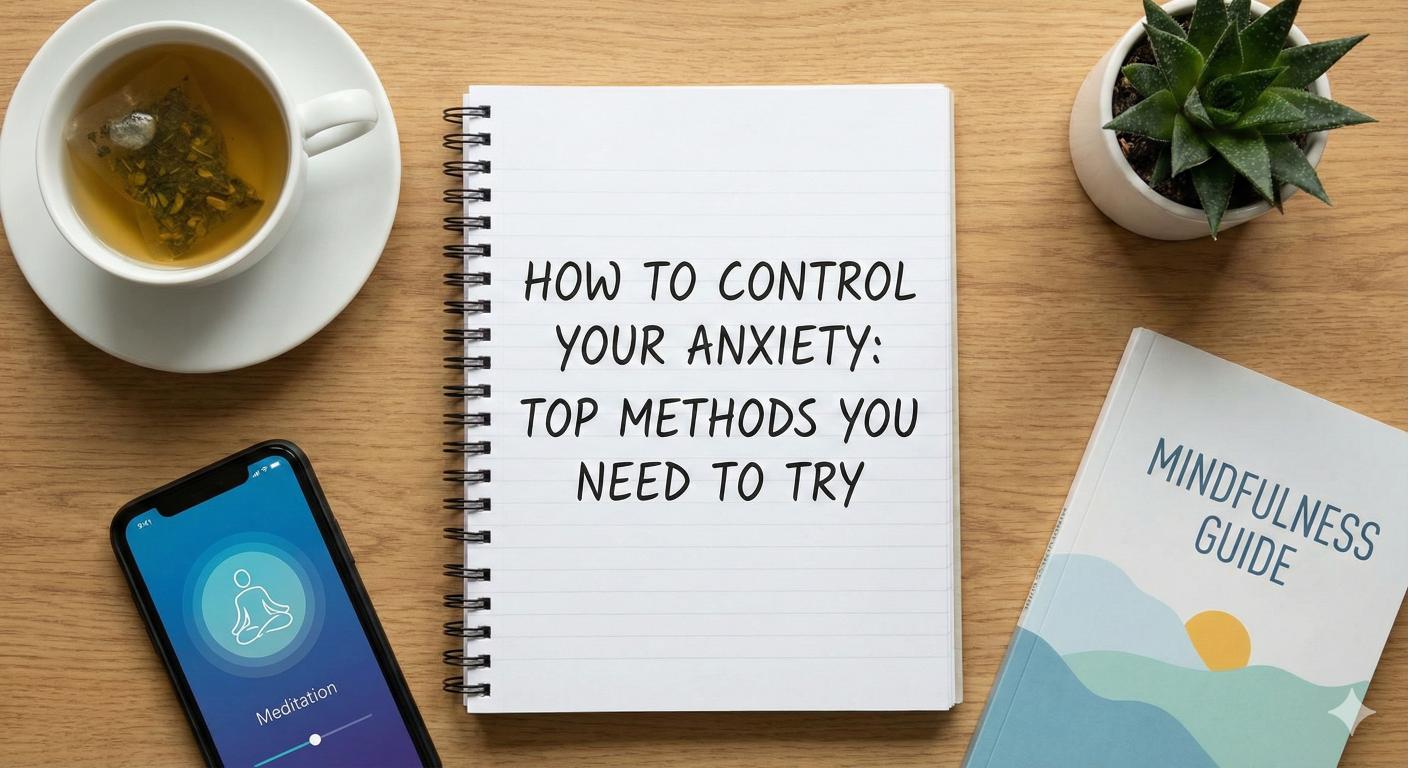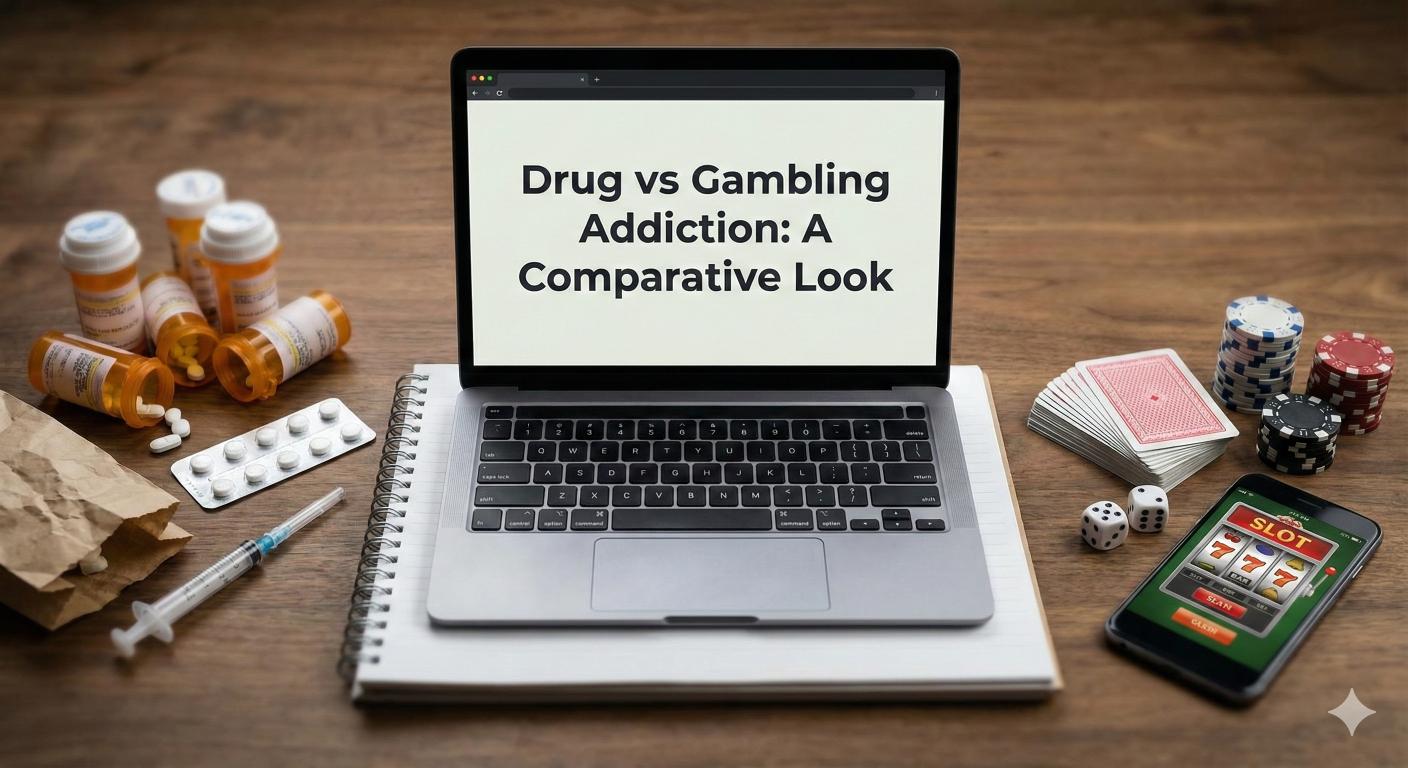Recognizing Common Social Anxiety Symptoms
Uncover common social anxiety disorder symptoms and their impact on daily life, relationships, and more.

Understanding Social Anxiety Disorder

Onset and Development
Social anxiety disorder commonly begins in the early to mid-teens, though it can occasionally start in younger children or emerge in adults. Recognizing the age of onset is crucial as early detection can lead to more effective intervention. For instance, adolescents may struggle with peer interactions, school presentations, or social gatherings, which can significantly impact their development.
Age of OnsetCommonly Affected GroupEarly TeensMany adolescents begin to experience symptomsChildhoodSome children may display signs early onAdulthoodSymptoms can also emerge for the first time
Understanding when social anxiety symptoms occur can help identify and address challenges early. For more information on general anxiety trends, consider our article on how many adults have anxiety.
Gender Disparities
Research indicates that people assigned female at birth (AFAB) face higher rates of social anxiety compared to those assigned male at birth (AMAB). This gender disparity can be attributed to various social and biological factors, influencing how symptoms manifest and how individuals cope.
Gender ComparisonPrevalence RatesAssigned Female at Birth (AFAB)Higher prevalence of social anxietyAssigned Male at Birth (AMAB)Lower prevalence of social anxiety
Understanding these differences is essential for tailoring treatment options and support mechanisms. For insight on emotional responses related to anxiety, check out our article on what depression and anxiety feels like.
The dynamics of gender roles may also exacerbate symptoms in those experiencing social anxiety. Increased societal pressure often leads to varying coping strategies among different genders, making it crucial to consider these factors in discussions around social anxiety disorder. If you are curious about what specific mental health issues may overlap with anxiety, you may want to read about how do I know if I have PTSD or anxiety?.
Recognizing Symptoms
Identifying the symptoms of social anxiety disorder is crucial for understanding and addressing this common mental health issue. This section focuses on the physical signs and symptoms, as well as the emotional and behavioral indicators associated with social anxiety.
Physical Signs and Symptoms
Individuals with social anxiety disorder often experience notable physical symptoms when faced with social situations. These may include:
SymptomDescriptionBlushingA visible reddening of the face due to embarrassment or anxiety.SweatingExcessive sweating, particularly in social situations.TremblingInvoluntary shaking or trembling, often in hands or voice.Fast HeartbeatAn increased heart rate when confronted with social interactions.Muscle TensionTightness in muscles, especially in the neck and shoulders.Shaky VoiceDifficulty speaking clearly due to nervousness.Dry MouthA feeling of dryness in the mouth, making it hard to speak.NauseaA sensation of nausea or upset stomach in social settings.AvoidanceAvoiding common social situations altogether [1].
These physical symptoms can often create a cycle of avoidance and anxiety, further exacerbating the challenges faced by those affected.
Emotional and Behavioral Indicators
In addition to physical symptoms, emotional and behavioral indicators play a significant role in recognizing social anxiety disorder. Common indicators include:
IndicatorDescriptionIntense FearAn overwhelming fear of being judged or embarrassed in social situations.AnxietyPersistent feelings of anxiety that interfere with everyday life.Avoidance BehaviorActively avoiding social interactions, such as parties or meetings.Difficulty TalkingTrouble initiating or participating in conversations, especially with strangers.Fear of SituationsA strong desire to escape from potential social situations [2].OverthinkingConstantly worrying about how one is perceived by others.Low Self-EsteemNegative self-perception and lack of confidence in social abilities.
Recognizing these emotional and behavioral indicators, along with the physical signs, is vital for understanding the full scope of social anxiety disorder. For further insights into the prevalence of anxiety, explore our article on how many adults have anxiety. Addressing these symptoms can help individuals seek appropriate help and work toward better mental health.
Impact on Daily Life
Interference with Relationships
Social anxiety disorder can significantly interfere with a person’s ability to form and maintain relationships. Individuals may experience an intense fear of being watched and judged, particularly in social settings. This can lead to avoidance of situations such as meeting new people, dating, or even engaging in casual conversations. According to the National Institute of Mental Health, this condition often results in feelings of isolation and loneliness.
The effects of social anxiety can lead to a range of social limitations that impede the development of intimate relationships. People with social anxiety disorder may struggle with making friends and can be less likely to marry or engage in fulfilling partnerships. The challenges created by these limitations can increase the risk of living with their biological family rather than having independent relationships [3].
Relationship AspectImpact of Social Anxiety DisorderFriendshipsDifficulty in initiating and maintaining friendshipsRomantic RelationshipsHesitancy to date or engage in intimate relationshipsFamily InteractionsPreference to remain at home and avoid social gatherings
Effects on Work and School
The presence of social anxiety disorder can also hinder professional performance and academic success. Individuals may feel intense anxiety during job interviews, in classrooms, or while engaging in professional networking, which can significantly limit career opportunities. The fear of being evaluated or judged often leads to avoidance of participation in group discussions or presentations at work and school.
In educational settings, students may struggle to answer questions in class or may avoid group projects, hindering their overall learning experience. This avoidance behavior can result in lower academic achievements and missed opportunities for personal growth. The anxiety experienced in these scenarios may reinforce judgment fears, creating a cycle of avoidance that further exacerbates the disorder [3].
AreaImpact of Social Anxiety DisorderWorkChallenges in job interviews, networking, and group participationSchoolHesitancy to engage in class discussions and group activities
Understanding the impact of social anxiety disorder on personal relationships and daily activities is essential in recognizing the seriousness of this condition. For further information on this topic, consider reading about what depression and anxiety feels like or exploring the common social anxiety disorder symptoms.
Prevalence and Diagnosis
Understanding the prevalence and diagnosis of social anxiety disorder is vital in recognizing its impact on individuals. This section covers the global statistics related to this condition and the diagnostic criteria used for assessment.
Global Statistics
Social anxiety disorder (SAD) is a widespread mental health condition. Approximately 5% to 10% of individuals worldwide are affected by social anxiety, making it the third most common mental health issue, following substance use disorder and depression. The prevalence rates can differ considerably among various cultural groups, demonstrating how cultural factors play a role in the disorder's expression and manifestation [5].
StatisticPercentageGlobal prevalence of social anxiety disorder5% - 10%Higher prevalence in individuals assigned female at birthHigher rates than individuals assigned male at birth
Diagnostic Criteria and Assessment
Healthcare professionals diagnose social anxiety disorder using criteria outlined in the Diagnostic and Statistical Manual of Mental Disorders (DSM-5), published by the American Psychiatric Association. Symptoms must persist for at least six months for a diagnosis to be made. During the assessment process, the professional will evaluate the individual’s history and symptoms to ensure accuracy.
Key diagnostic criteria include:
For more insights on mental health, visit our articles on what is mental illness? and how many adults have anxiety. Understanding the prevalence and accurate diagnosis of social anxiety disorder is essential in fostering awareness and facilitating support for those affected.
Treatment Options
Effective management of social anxiety disorder typically involves a combination of psychotherapeutic approaches and pharmacological interventions. These methods can significantly alleviate the common social anxiety disorder symptoms individuals experience.
Psychotherapeutic Approaches
Cognitive Behavioral Therapy (CBT) is one of the most effective psychotherapeutic treatments for social anxiety disorder. This type of therapy teaches individuals how to identify and change negative thought patterns and behaviors associated with anxiety. CBT typically involves:
Studies have shown that CBT can lead to significant improvements in symptoms for those with social anxiety disorder.
Pharmacological Interventions
For some individuals, medication may be necessary in conjunction with therapy to manage their symptoms effectively. Common pharmacological treatments include:
Medication TypeExamplesPurposeSSRIsFluoxetine, SertralineReduce overall anxiety symptomsSNRIsVenlafaxine, DuloxetineSimilar to SSRIs but also affect norepinephrineBeta-blockersPropranololManage physical symptoms like rapid heart rate and tremorsBenzodiazepinesLorazepam, ClonazepamProvide short-term relief from acute anxiety
Medications like SSRIs and SNRIs take a few weeks to begin working, while beta-blockers can help with immediate physical symptoms associated with anxiety. It is often recommended that individuals discuss their options with a mental health professional to find the most effective treatment plan.
Combining both psychotherapy and medication is commonly viewed as the most effective approach for managing social anxiety disorder. For additional insights on understanding anxiety and its impact, refer to our articles on what depression and anxiety feels like and how to get out of anxiety.
Cultural and Gender Influences
Understanding the influences of culture and gender on social anxiety disorder (SAD) is essential in recognizing its varied manifestations and impacts.
Cross-Cultural Variances
Cultural factors play a critical role in how social anxiety is experienced and expressed. In different cultures, symptoms and manifestations of SAD may vary significantly. For example, a culture-specific expression of SAD known as Taijin kyofusho (TKS) is prevalent in Japanese and Korean cultures. TKS focuses on the fear of offending others due to physical defects or socially inappropriate behaviors, distinguishing it from typical SAD symptoms observed in Western cultures [5].
Moreover, cultural norms, whether collectivistic or individualistic, significantly affect social anxiety experiences. Individuals from collectivistic cultures often show greater acceptance of socially reticent behaviors, which may lead to higher levels of social anxiety and fear of blushing. In contrast, individuals from individualistic cultures may display different social anxiety levels due to variations in personal and perceived norms. This distinction highlights how social standards impact individuals differently based on their cultural backgrounds, reinforcing the fact that high perceived social standards are significant contributors to SAD [6].
Cultural NormExperience of Social AnxietyCollectivisticHigher acceptance of reticent behaviors, but increased anxiety and fear of negative evaluationIndividualisticMore emphasis on personal expression, which can lead to lower levels of social anxiety
Gender Roles and Social Anxiety
Gender roles also significantly influence the experience of social anxiety. Research indicates that identification with traditionally masculine roles can decrease the risk of social anxiety. Self-construals play a crucial role as well; in men, interdependence tends to positively predict social anxiety, while independence negatively correlates with it. Conversely, women's experiences often reverse this trend, where independence increases anxiety levels [5].
This gendered perspective highlights how societal expectations shape the anxiety responses of individuals. For example, high perceived social standards, where individuals desire to impress others but doubt their capabilities, are common across genders but manifest differently due to varying role expectations.
Gender Role OrientationInfluence on Social AnxietyTraditionally MasculineDecrease in anxiety riskTraditionally FeminineIncreased risk associated with interdependence
Understanding these cultural and gender-related influences is crucial for recognizing the common social anxiety disorder symptoms and developing effective interventions tailored to diverse populations.
References
[2]:
[3]:
[4]:
[5]:
[6]:
More Resources
A team ready to start your journey.
Get in touch — today.
We are a safe space – a haven for exceptional individuals to receive discreet, personalized, in-person treatment and care.
.avif)










